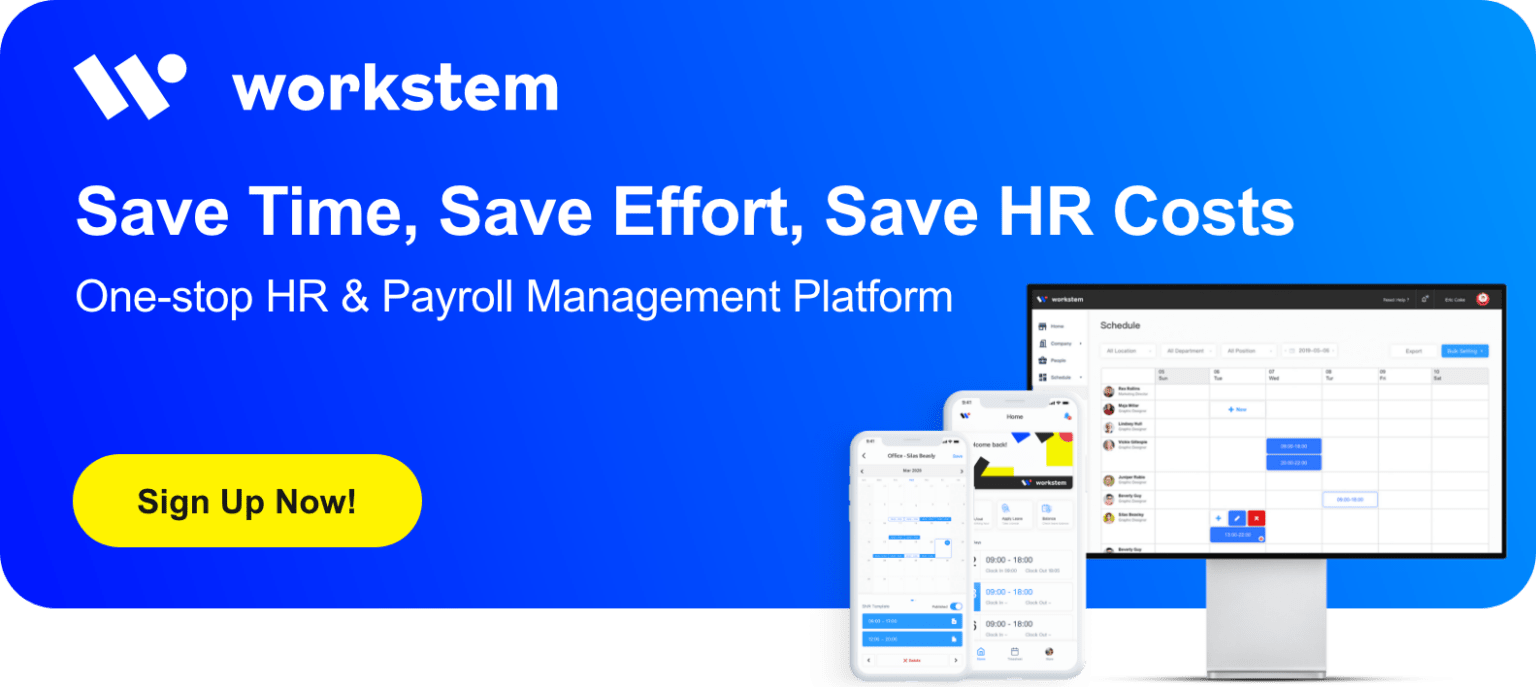In a time where automation is slowly becoming a normal part of life, businesses have begun eyeing HR systems with great interest. Originally made to automate payroll management, HR systems have come a long way and are now capable of much more.
Thanks to their multipurpose function, HR systems are now considered essential for businesses as with them, employers can save extra costs. Here are the ways investing in an HR system can help your business’s operation costs:
Managing payroll with less errors
Using software to automate your payroll management process saves around five hours per month for small businesses; as your business grows, the time spent on payroll eventually increases. Though HR systems have evolved, many still primarily use them for managing payrolls. Utilizing an HR system to automate payroll functions gives you more time to manage your business in other aspects.
An HR system eliminates the need for dedicated accountants for payroll alone. Similarly, having an HR system also improves other internal operations as most systems are already easy-to-use and only require a small number of people to work on them. This leaves employees with more time for other tasks and giving them more space to work more efficiently.
HR systems are also less likely to have errors in computing payrolls. With everything automated, all you have to do is input the necessary values as needed and the software will do the rest. These systems can also be modified to better fit the company’s specific computations of payrolls, taking different payment schemes and country-specific laws into consideration.
Less paper and more room for document storage
Having HR systems can help companies save money on printing necessities. A study shows that, in 2014, the average employee in the US uses 10,000 sheets of paper per year, with each sheet costing around USD$4—this comes up to a total of around USD$150 per year per employee. Due to the dependency on paper, companies often create or procure storage spaces to store documents, which increases the company’s expenses.
HR systems try to change this by encouraging companies to go digital. Many software systems now either have their own clouds or are linked to third-party cloud storage that can be accessed by employees. Employees can then use the cloud to upload scanned copies of important documents that anyone in the company can see, all organized into one centralized space. Some of them said clouds also support unlimited storage for the entire period of usage.
Multi-functional and flexible
Aside from managing payroll and resource management, HR systems today also manage employee leaves, benefits, and tax computations, among other things. HR systems can compute tax cuts and employee benefits based on the company’s standards; all the employer needs to do is set a template or a form to be filled out, and the software will do the rest. As these computations usually also need the employee’s attendance, HR systems also manage and record these in one place for easy access.
Some HR systems today are also transcending traditional devices. Now, companies don’t need big, bulky computers to operate an HR system; since many are now cloud-based, all employers really need are a quality computer and a stable internet connection. In some cases, the HR system can even be accessed on the phone.
One such HR system that can do all these is Workstem. Workstem can manage payrolls and MPF, compute taxes, record employee attendance and leaves, and more. It is a self-service software that anyone can use and operate. Workstem also has a Partnership Program where it helps companies grow their business with various management tasks through automation.
The money saved from cutting down on device costs and additional work will then go to paying workers more efficiently and into the HR system. HR systems, however, are not as costly; they cost less than possibly buying a new computer or new storage containers. They also come with more flexible payment terms and don’t require you to pay for its functions upfront, which can take a weight off of the employer’s shoulders. In Workstem’s case, business owners can choose to pay only for what they need with the system with zero starting cost.
Investing in an HR system may not seem like a necessity to some, as others may argue that traditional HR can work just fine. However, in the long run and compared to more traditional means of managing HR-related tasks, it is sure to save you money in the future.
Read More:
Payroll Done Remotely: Mistakes HR Should Avoid
Not Just for the Big Companies: Why a Payroll Management System Is Crucial for SMEs
How to Choose a Payroll & HRM System?

(The content and information in this article are for reference only. The accuracy and reliability of the information are subject to the latest government regulations. If you want to reprint the article or content, please contact us first or attach a link to this article, and indicate the source of reprint.)







![[418 Guide] Ordinance 418 And Continuous Contract](https://www.workstem.com/wp-content/uploads/2023/08/Untitled-design-min-350x220.png)